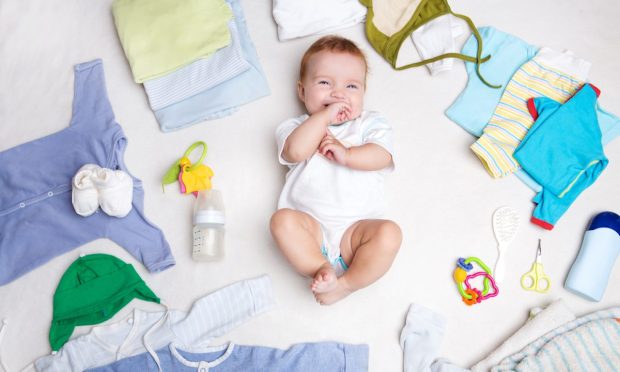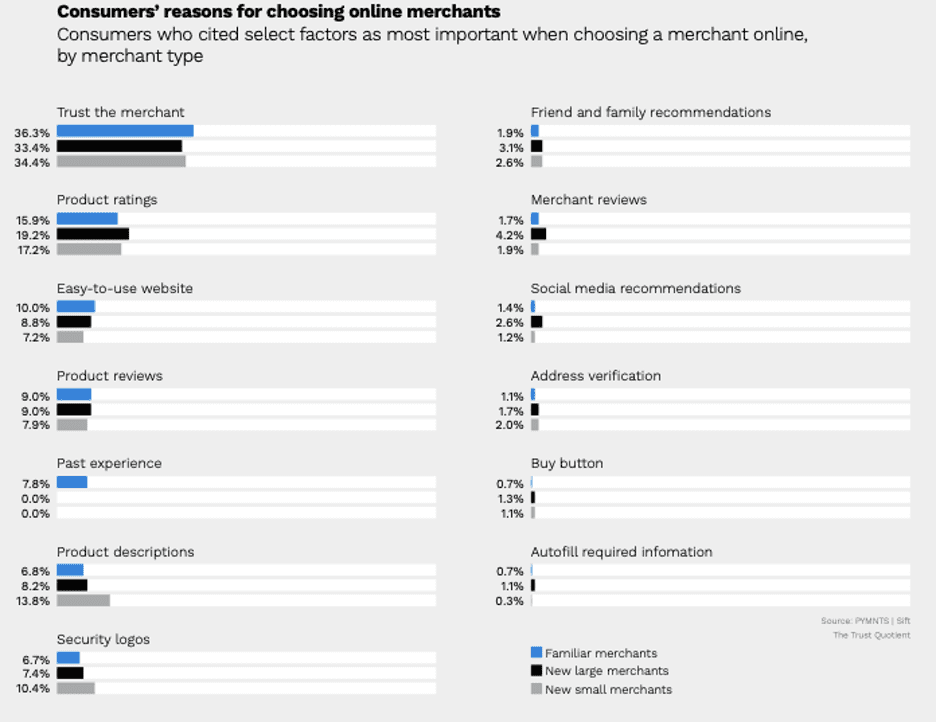Baby Registries Pair Advice, Commerce to Help Parents Choose With Confidence

Having a baby is one of the most exciting, and perhaps most stressful, times in a person’s life. Beyond just having another human being besides yourself to take care of, every bottle, pacifier and rattle purchased feels like a consequential decision, with myriad opinions from family, friends and mommy blogs.
Natalie Gordon told PYMNTS this was one of the reasons she founded Babylist, an eCommerce site for baby merchandise, almost a decade ago: She knew what she wanted from a baby registry experience as a consumer and, with a background in software engineering, decided to build it.
Babylist allows people to create registries from a wide range of retailers and also carries its own selection of merchandise, including apparel and gift boxes. Along with the storefront, the website includes a series of guides to help new parents navigate unfamiliar experiences.
“We feel like it’s our job to really help you make these decisions with confidence,” said Gordon, who serves as Babylist’s CEO. “We never say there’s this one stroller and it’s the absolute best stroller for every family. But we have invested deeply in the best editorial content and the best video content to help you understand what you’re going to get … so you can make the decision.”
Gordon said baby merchandise is “the most interesting retail category” because of the distinct consumer behaviors that emerge when people are expecting a new child, such as the creation of a baby registry — perhaps the first time many people are creating a wish list of items for another human being who knows little of the world around them.
And because Babylist allows people to create registries from a variety of retailers, Gordon said the team is able to do a “really great job forecasting demand for each individual SKU” and catering to the specific needs of new parents. Eight million people made purchases on Babylist last year, and the company is on track to bring in $250 million in revenue in 2021.
“We’re serving families, really wonderful people who truly care about the products they receive and the content they read,” she said. “We do a lot to keep or earn their trust.”
Over 36% of consumers say trust is the most important reason they continue to shop at a familiar merchant, according to PYMNTS research conducted in collaboration with Sift; 16% said product ratings and 9% say product reviews were among their most important factors.

Read more: 36% of US Consumers Say Trust Is Key Factor in Choosing Online Merchants
Beyond the Parents
Gordon noted that while creating registries is a key reason that people come to Babylist, it’s also important to consider those who are buying gifts for new parents and may need assistance and guidance.
“We serve new parents, but we also are trying to do more for the family and friends who want to continue to support that baby as it grows up,” Gordon explained.
For example, Babylist offers several product boxes for bottles, pacifiers, swaddles and other items that allow parents to try different brands before committing to a favorite, and creates a new gifting opportunity for those around them.
“Giving someone a couple of bottles is [generally] not a great gift,” Gordon said. “But the Babylist bottle box is actually a fantastic gift at a very giftable price point” of just over $50, she noted.
Babylist also has a price-monitoring tool that keeps information up-to-date for parents and gift-givers, which Gordon explained was inspired early in the company’s development by watching people’s behavior. When building the registry, she said, expectant parents would price-compare every product, jumping from retailer to retailer to find their desired item at the lowest price. But a few weeks or months later, when it came time for someone to make a purchase, the prices were often different.
“So many things change in those six to eight weeks in terms of going out of stock and prices changing,” Gordon said. “So, it’s something that our users name all the time as one of the features of Babylist that they appreciate the most.”
The price and availability tracking feature has also helped those shopping for new children to circumvent supply chain issues to a certain extent, as Babylist is able to direct purchases to another retailer if one didn’t have a particular product that was on the registry. “When they’re making these product decisions, we want them to choose the product, not necessarily choose the product at which retailer,” Gordon said.
Related news: Growing Concerns About Inflation, Supply Chains Garner ‘All Hands on Deck’ Response
The Next 10 Years
With $40 million in Series C funding recently closed, Gordon is starting to think about what Babylist’s next decade looks like. “We see more opportunities than ever before,” she said.
For starters, Babylist is looking to open physical locations in the coming years, though more concentrated on showroom-style sites than inventory-heavy stores.
“That works perfectly with the experience our users are having, which is that they want to make all of these product decisions, they want to touch and feel these products, but the point of purchase is going to happen much later, often from someone else who’s purchasing off the registry,” Gordon said.
She added that it’s too early to say more about where the showrooms would be located or provide more specific details about the format, but Babylist is planning to open two pop-up shops next year, with one in Los Angeles starting in January.
